What it is?
A lazy vegetable garden is essentially a complex of pre-planned and taken measures that allow you to harvest with little or no effort in the future.
What cultivation technologies include a smart vegetable garden:
- The beds themselves (high or trenches).
- Drip irrigation.
- Mulching.
- Landing turnover.
- Using a covering material.
Many already use these techniques separately, but it is in the complex that they give a tangible result, allowing you to save time, effort and other resources.
The principles of creating a smart vegetable garden for the lazy are directed to nature itself: the seedlings are initially provided with the best natural conditions. Thanks to this, lazy beds in the country, unlike the classic ones, do not have to:
- dig up;
- weed;
- water.
Have you already begun to mentally distribute the time freed from gardening? There will indeed be more of it, but first you need to understand how to grow various crops.
In the photo, greens in the beds of boards
Pros and cons
A smart vegetable garden is just one of the growing technologies, which has its own advantages and disadvantages. Which you should definitely study in order to understand whether this method of cultivation is right for you.
Dignity way:
- High yield... Due to several factors at once, the size and number of fruits are larger.
- Fast warm-up... Since there is little land in the ridge, unlike ordinary soil, it heats up faster. This means that you can plant seeds earlier, and harvest more.
- Stable temperature... Differences that are unfavorable for most plants can be avoided.
- Limited area... The walls hold the mulch and fertilizer inside the garden bed, preventing them from scattering throughout the entire plot.
- Aesthetics... The designs look stylish, making the whole garden look more beautiful.
- Accuracy... The land remains inside the ridges, making it easier to keep the paths clean.
Unfortunately, every coin has two sides. disadvantages smart beds are primarily associated with the costs of:
- Arrangement... To make the beds it is not enough to rake the ground with a hoe or a rake - you will have to spend money on decorating the sides.
- Irrigation system... Since there is less land, it dries out faster - you need to water it more often. In order not to do this every day, you can organize drip irrigation - but the design requires an investment of effort and money.
- Fertilizers... The soil is quickly depleted, and nutrients need to be applied more often.
Also, warm beds not suitable for all cultures: For example, garlic or spinach prefer lower temperatures that can only be achieved outdoors.
What types are there?
The beds for the lazy are different, but all options can be divided into 2 large groups.
High beds
As the name implies, this is a kind of "garden pots", elevating above the general ground level. Raised beds can be of any shape, size.For the arrangement, special fences, curb tapes or ready-made containers - pots, barrels, tires, basins, etc. are suitable.
Most often, the sides are made of wood or stainless steel. Structures made of gabions, concrete, stone, bamboo look stylish.
If you are engaged in creating a lazy vegetable garden yourself, you can initially think over the layout of the individual elements, collecting a beautiful pattern from them, which will become a natural decoration of the site.
Width, height, length depends not only on the aesthetic component, but also on the crops that will be grown here and climatic conditions.
- High ridges are considered ideal for the middle lane or the north - the soil in them warms up perfectly, stimulating the growth of fruits.
- In the fertile south, on the contrary, the soil will dry out too quickly along the entire depth, so it is better to abandon tall structures in favor of trenches.
Trenches
Inferior in aesthetics, but not in convenience, are planting trenches. In fact, you are making the same high bed, but its sides are a layer of soil on the sides.
Trench beds are considered ideal for the southern regions - they can also be mulched, you do not need to weed, but the soil in them gives off moisture gradually and does not dry out so quickly under the scorching sun.
How and where is it better to arrange?
Correctly positioning the growing areas is half the battle. Inexperienced gardeners distribute beds along paths and fences, while experienced gardeners know that each culture needs special conditions, while neighbors should not block each other's sunlight.
To think over the placement of landings, make a site plan, indicating the cardinal points on it. We get to work:
- The orientation of the beds for low plants is done from north to south or from southwest to northeast, for high plants - from west to east.
- Tomatoes, cucumbers, legumes are sown on the south side.
- In the northern zone, carrots, radishes, and garlic will feel good.
- From the north, vegetable crops are protected from cold winds by tall plantings - berry bushes, corn, sunflowers, beans or peas on trellises.
Advice! In the presence of slope the unevenness can be compensated for by the beds filled up on the level. They must be placed across, not along the slope.
If the elevation difference is large, use it to your advantage: moisture-loving vegetables (sweet peppers, cucumbers, tomatoes) are planted in the lowlands - they will feel comfortable even in the water that has accumulated after rain. At the very top are vegetables that grow underground - potatoes, carrots, beets, onions. Between leave space for cabbage, lettuce, pumpkins, zucchini.
Important! When planning the beds, do not forget about the main rule - the aisles are made the same or even wider than the ridges themselves. Due to the alternation of narrow beds with wide paths, it is easier to care for the plants, they receive enough light, and the likelihood of transmission of diseases and pests from adjacent rows is reduced.
What can you plant?
Experienced craftsmen declare: anything can grow on lazy beds! From radishes to potatoes. But novice gardeners come to this gradually, initially using a special method for simpler crops - peppers, eggplants, cucumbers, tomatoes, cabbage, lettuce, squash.
Important! The first 2 years, until the microflora inside has stabilized, you should not grow cabbage (white and Peking cabbage), greens, and radishes on smart beds. These species accumulate nitrates, so eating them will be undesirable.
In the photo there are long beds for strawberries
In early spring, tall structures can act as greenhouses - install trellises on top and stretch the film (or just stretch the film over the side). Thanks to the combination of warmth and humidity, high seed germination is guaranteed.
In the photo, the result of growing carrots in a lazy way
How to do it yourself?
Making lazy beds with your own hands just seems like a complicated process. In fact, spending time just before the start of one season, you will provide yourself with "pots" for many years to come.
Step-by-step instruction
The creation of the beds is carried out in 4 stages:
- Box construction... The main and most labor-intensive process. The box is made from scrap materials (slate, boards, logs, metal), or they use ready-made solutions - for example, curb tapes. It is important to understand that the color and material directly affects the microclimate inside the garden - a dark color heats up faster than a light one, metal cools faster than wood.
- Wall and side protection... The walls of the wooden box are sheathed with moisture-proof material - this way the wood will last longer. As a barrier, you can take a film, geotextile, roofing felt, old linoleum. The bottom is protected with special barrier films that allow moisture to pass through, or laid with cardboard - when rotting, it will become part of the drainage layer.
- Box filling... It is most correct to fill in 3 layers: drainage (coarse organic matter such as sand, old branches, bark, sawdust), compost (rotted grass with manure), nutrient soil - garden or special soil.
- Planting... Seeds should be sown in early May, then watered and covered with mulch. You can mulch before planting, leaving long rows (grooves) in it for planting seedlings.
Video
Once again, you will learn about the advantages of high beds and the technology of their creation from A to Z after watching the video:
Care and maintenance tips
Successfully growing vegetables in the garden does not require much time and effort, but for a better result, follow recommendations:
- Don't step on the ground! The planning of the garden is carried out in such a way that from the aisle between the beds you can reach any part of the plantings. The soil should remain light, airy - only in such a plant will they feel comfortable. For the same purpose, the soil requires a regular pass with a pitchfork - loosening the soil, you allow air to penetrate deeper into it.
- Don't forget about mulching... Mowed grass, hay, fallen leaves, sawdust are suitable as mulch. By covering the soil with them after planting the plants, you will simultaneously rid yourself of weeds and create the maintenance of ideal moisture for the root system.
- Make automatic watering... You will have to install a special system only once, but you will be able to cope with this task much faster in the future.
- Free yourself from weeding... By constructing a raised bed on top of fertile soil, on the one hand, you contribute to a more even development of plants. On the other hand, you deprive yourself of the main advantage of a high ridge - the absence of weeds. To prevent the grass from sprouting into a new garden bed, install a special barrier at the bottom of the structure - it allows moisture to pass through, but protects the planting from grass, earth pests.
- Fertilize the soil regularly... The composition of the soil is quickly depleted, therefore, in order for the plants to receive all the necessary elements, compost (manure or humus) is placed on the beds at the beginning of the season before planting. And during the summer, various dressings are added.
- Defend the land out of season... After harvesting, the beds are either covered with mulch, or ground cover plants are planted on them (they will also enrich the soil after winter).
Examples of
Due to the fact that the beds can be of any shape, you can collect interesting compositions from them: for example, by combining several abstract elements, you will get a stylish decoration for your garden.
The second advantage, the independence of the composition of the land, can be used to grow completely different plants in neighboring areas: onions and strawberries, lettuce and calendula. In addition, different varieties are often combined inside one "pen" to create greater decorativeness.
In the photo there is a composition of the beds
Although it is considered a classic arrangement to be parallel to each other, you can put the structures across, or even use round bases for even more bizarre shapes in landscape design.
Of course, round ones look stylish, but in terms of ease of processing they are inferior to the classic rectangular ones.If you want to make long rows, but plant completely different crops in them, use transverse partitions, they will not allow the strong roots of neighbors to destroy weaker, delicate plantings.
In the photo there are round high ridges
All the intricacies of lazy growing in one article cannot be listed. But the main thing is to start! After that, you will already from your own experience understand what your smart garden is lacking and you can improve this system to fit your needs. And to create a planting plan easier, look for ideas on the photo of lazy beds in our gallery.

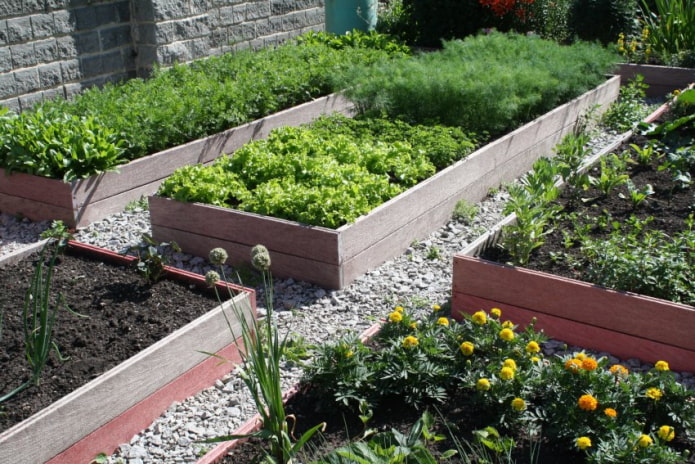
 10 practical tips for arranging a small kitchen in the country
10 practical tips for arranging a small kitchen in the country
 12 simple ideas for a small garden that will make it visually spacious
12 simple ideas for a small garden that will make it visually spacious
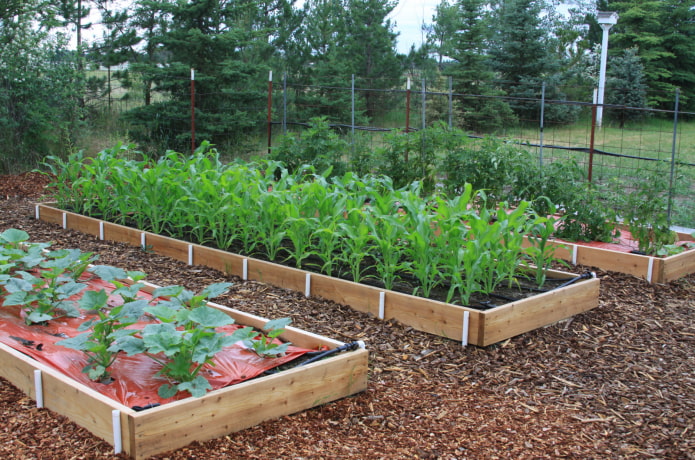
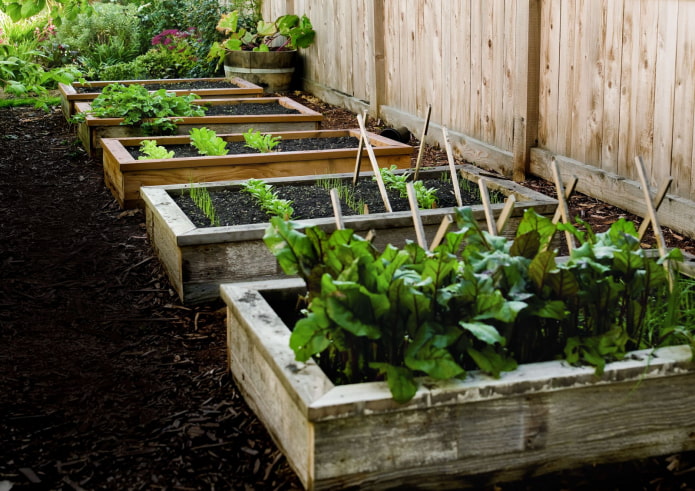
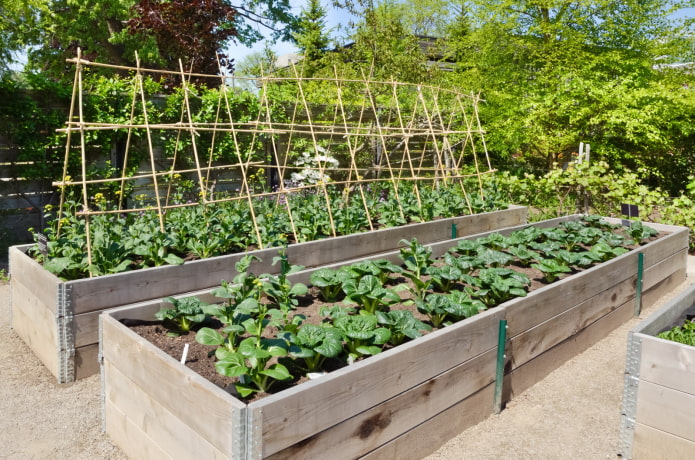
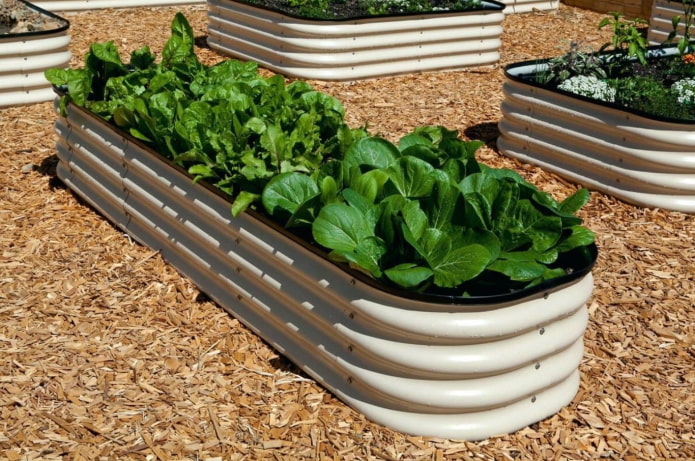
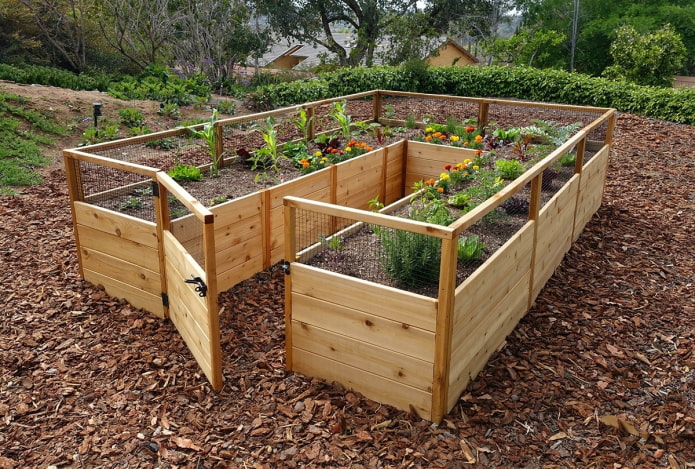

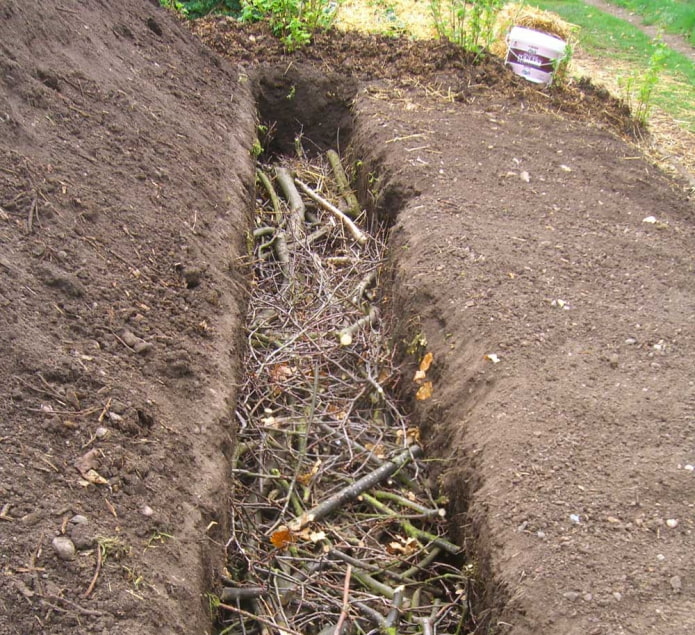
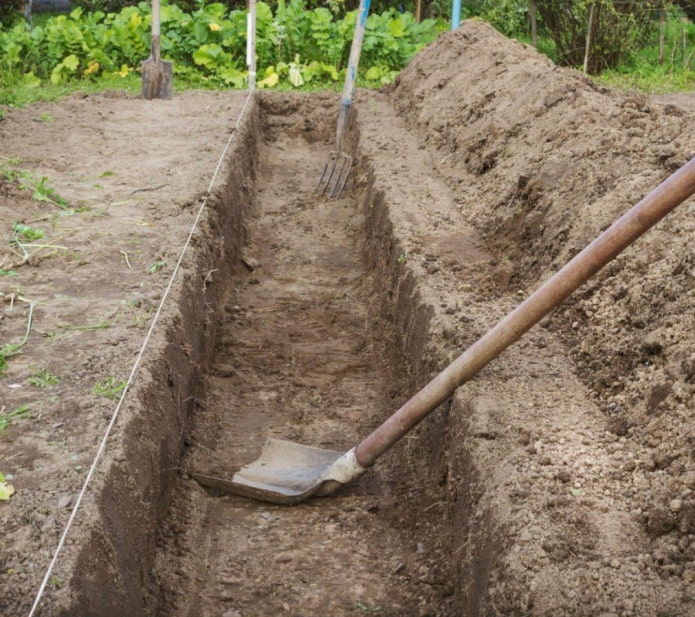

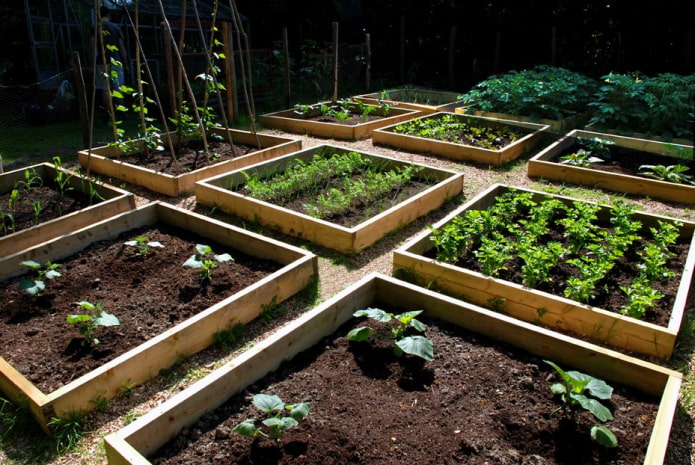
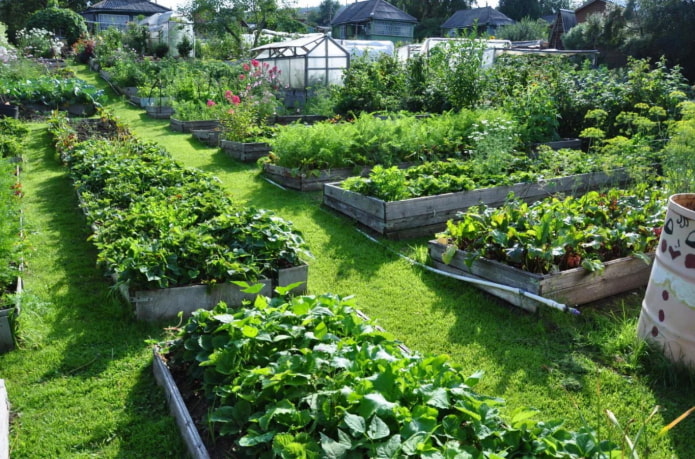
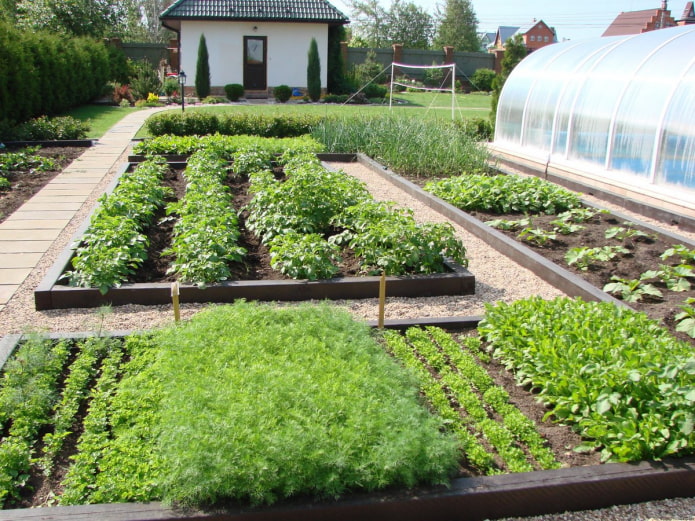
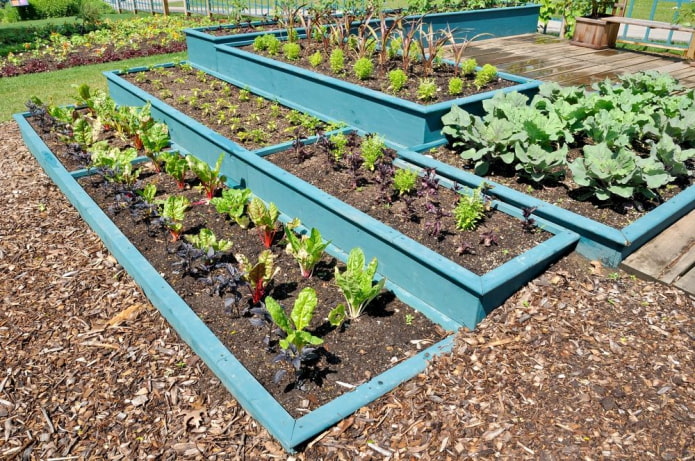
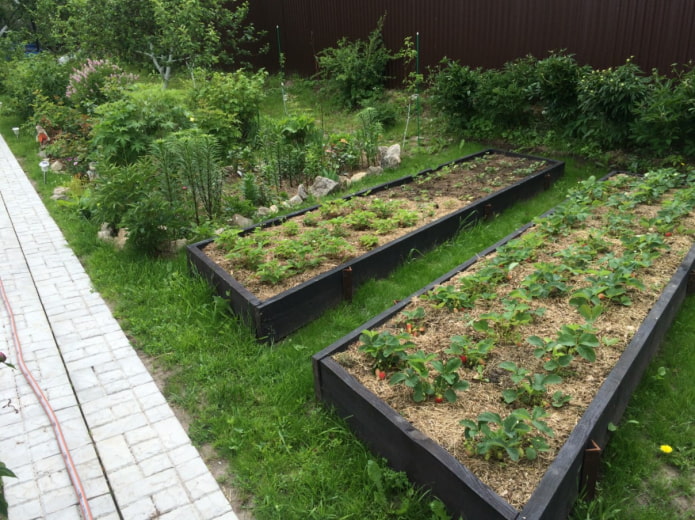
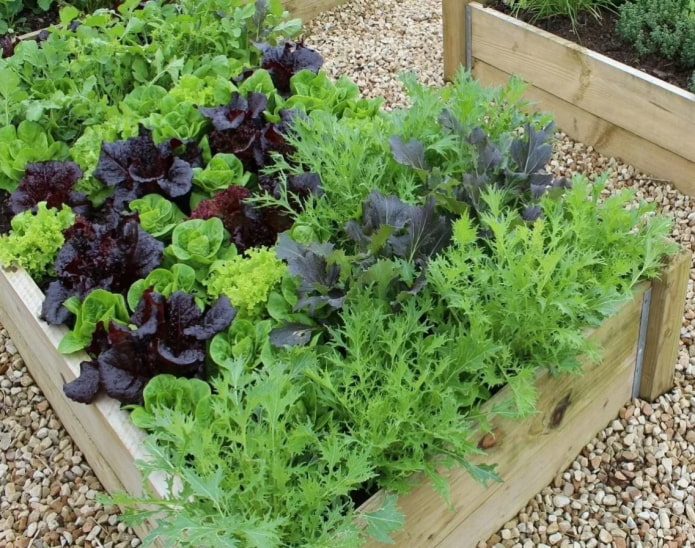
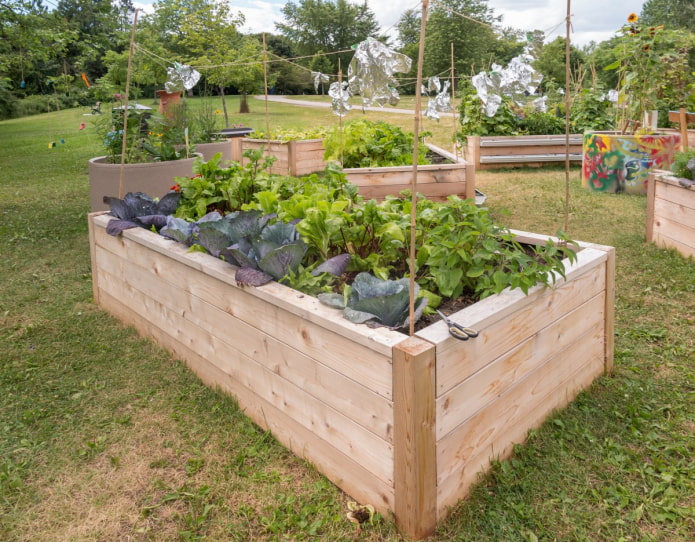
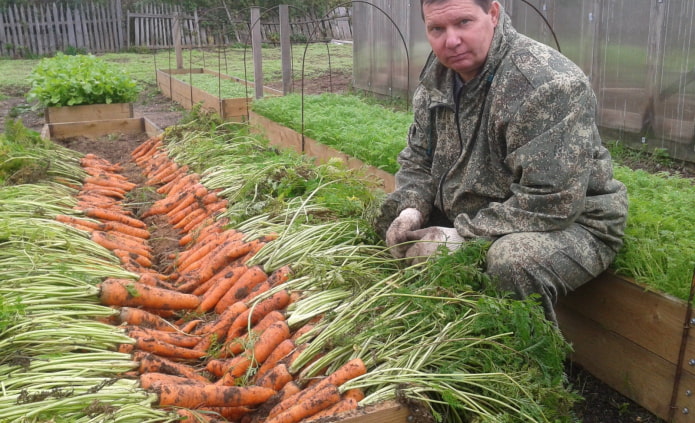
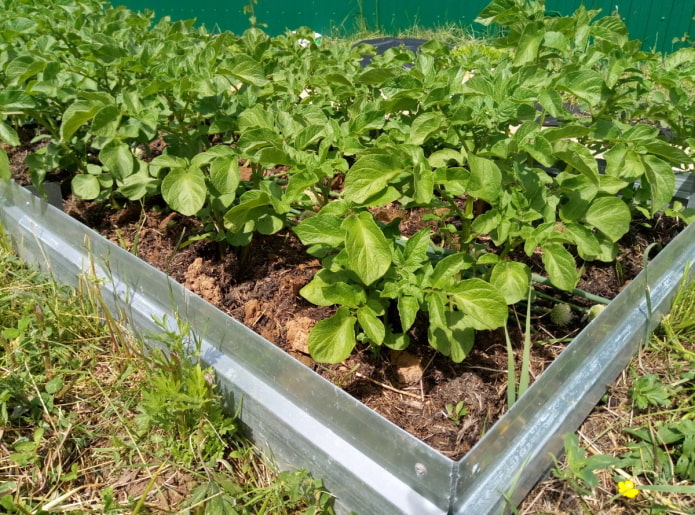
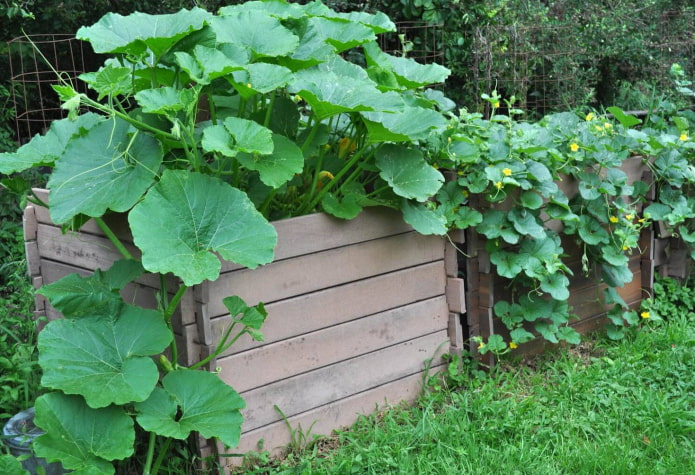

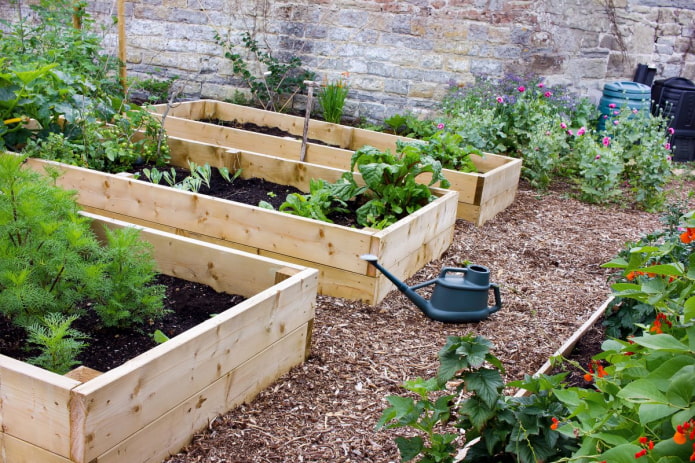
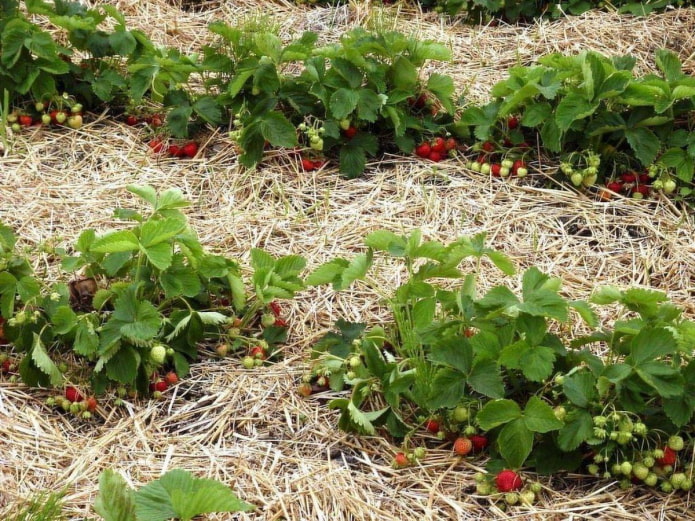
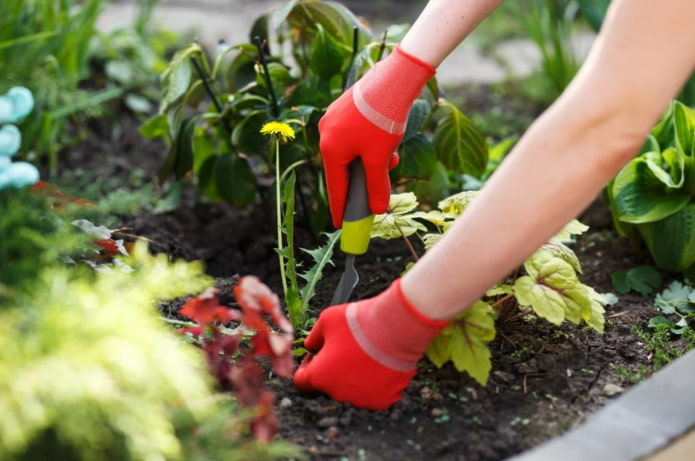
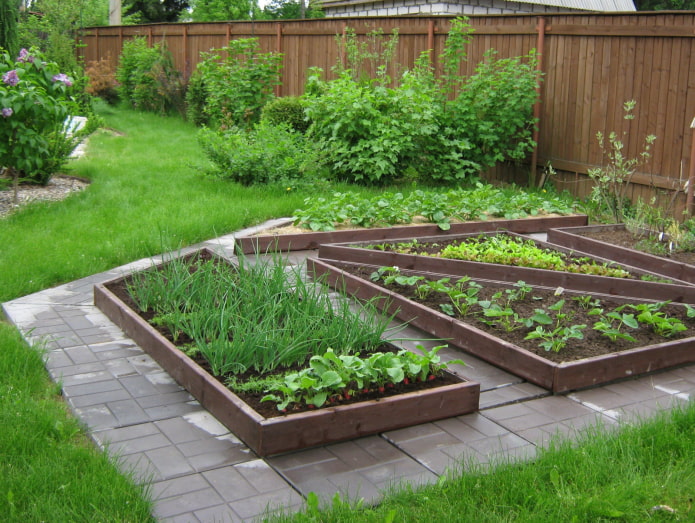
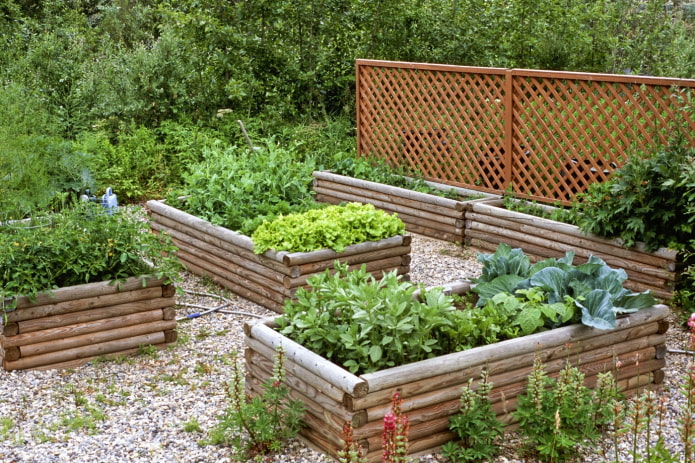
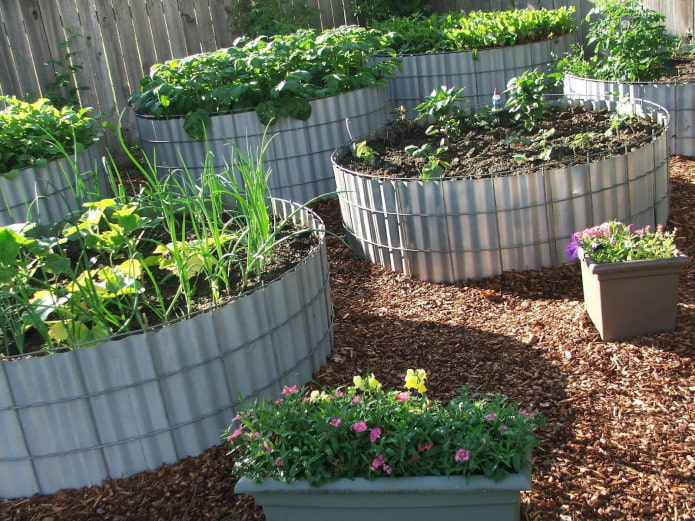
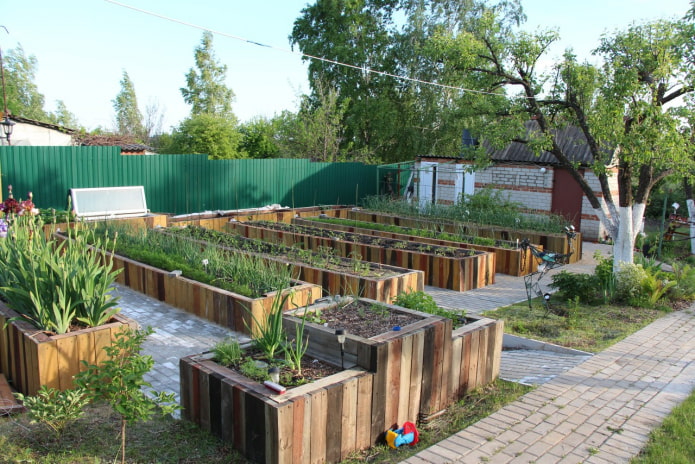
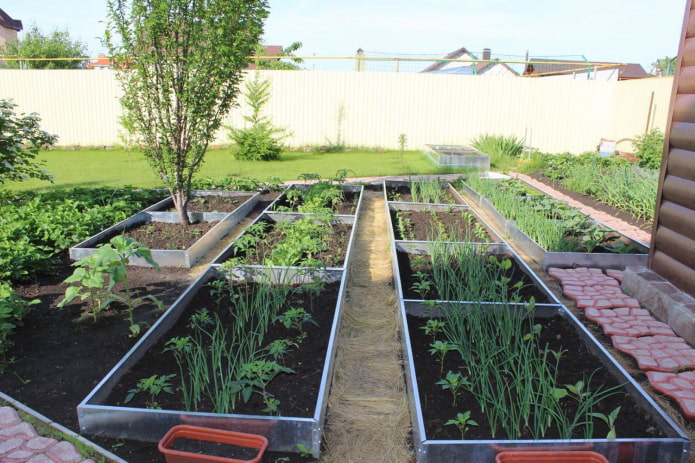

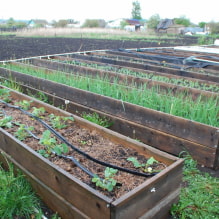
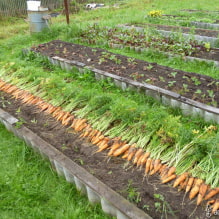
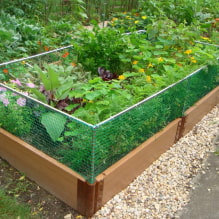



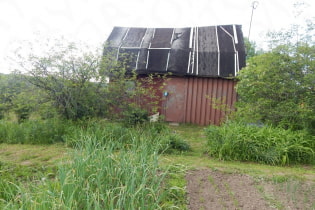 What can you save on when renovating your summer cottage?
What can you save on when renovating your summer cottage? 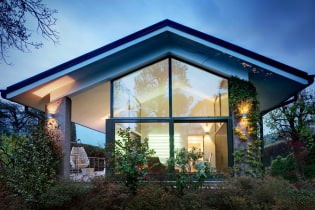 Houses with panoramic windows: 70 best inspiring photos and solutions
Houses with panoramic windows: 70 best inspiring photos and solutions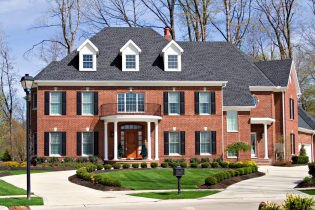 Brick facades of houses: photos, advantages and disadvantages
Brick facades of houses: photos, advantages and disadvantages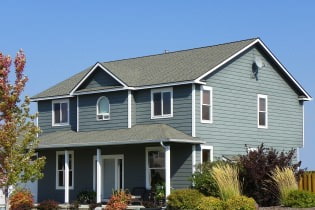 Siding house facades: features, photos
Siding house facades: features, photos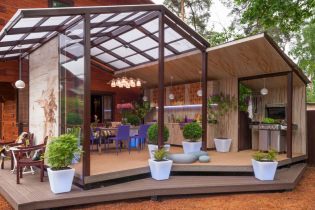 Terrace design in a private house in the Moscow region
Terrace design in a private house in the Moscow region Provence style house design in Moscow region
Provence style house design in Moscow region